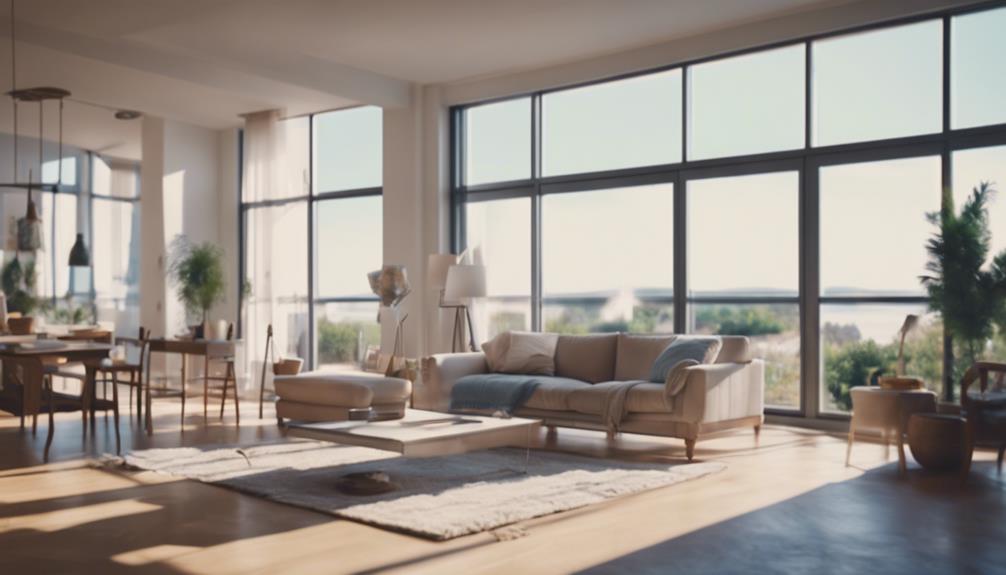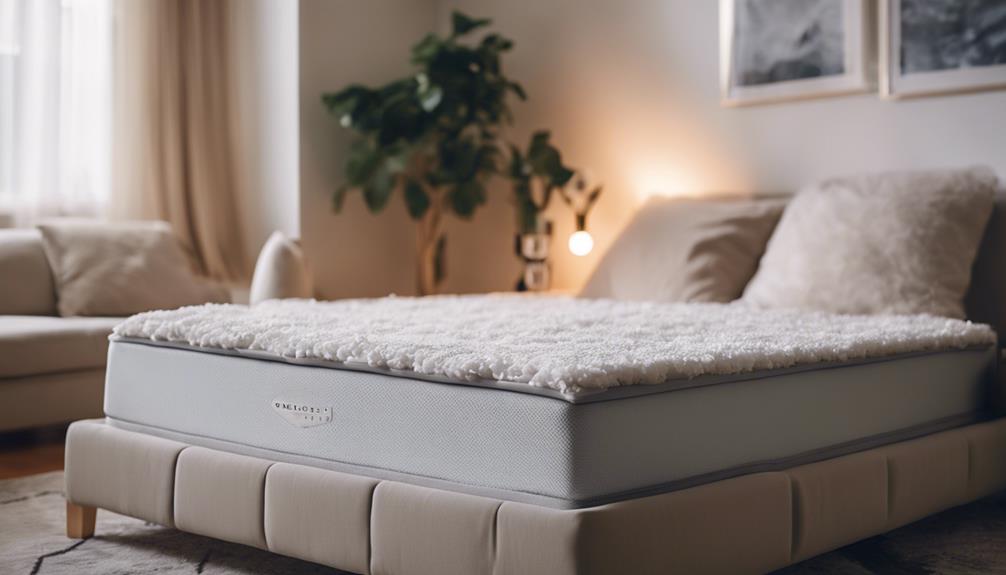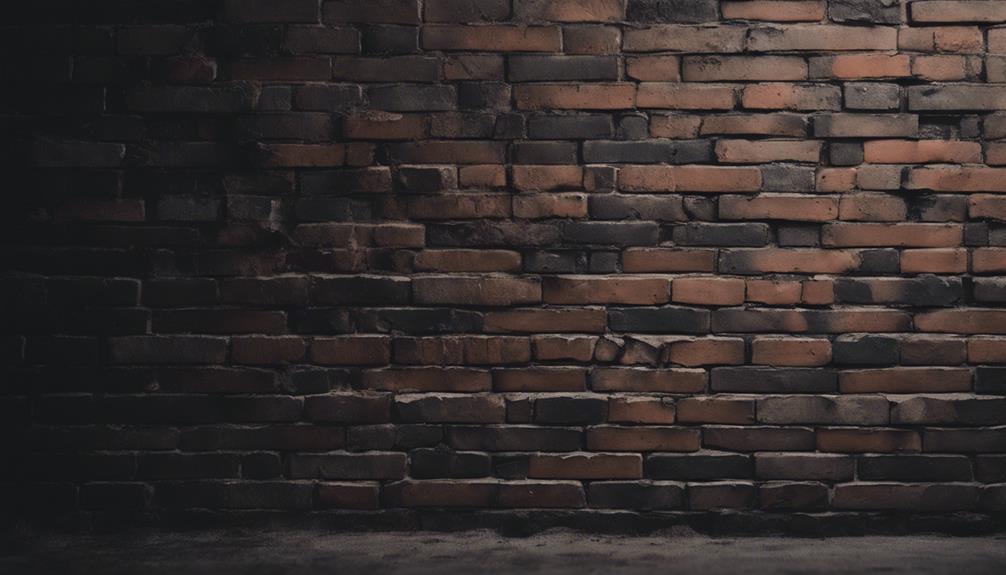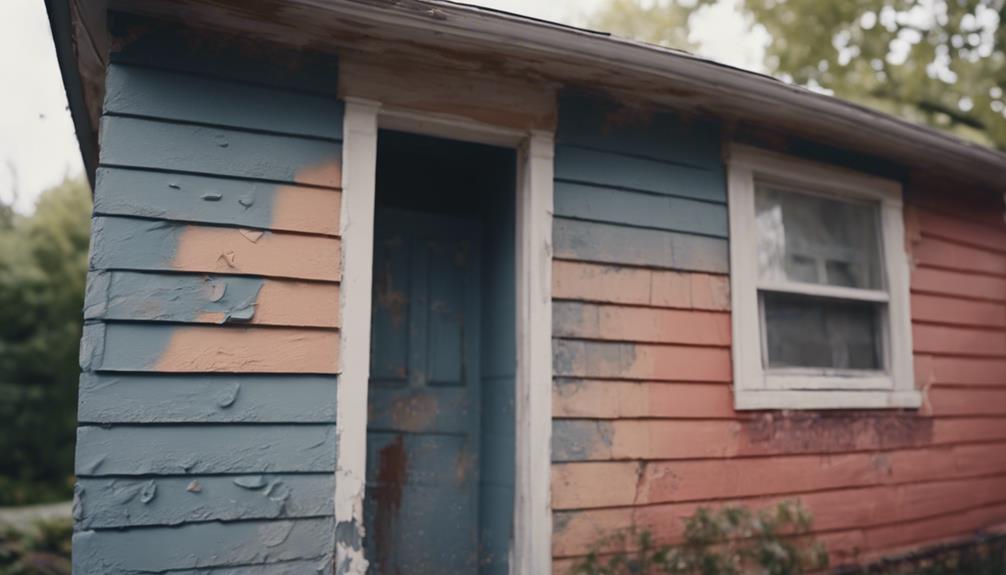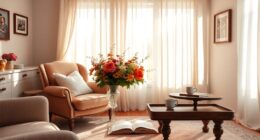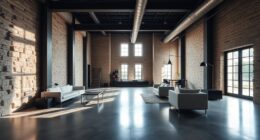When your walls show chipping, fading, or marks, it's time to repaint your interior. Every 5-10 years, updating the paint can make a big difference. Changing colors can transform your home's vibe and boost its value for potential buyers. Factors like wear and tear, personal style, and lighting influence painting choices. Opt for low-VOC paint for healthier air and 100% acrylic latex for durability. Professionals offer flawless finishes and time-saving techniques. Winter is ideal for painting due to better drying conditions. Regular inspection and maintenance can extend the life of your paint. Enhancing your living space starts with a fresh coat!
Key Takeaways
- Look for chipping, fading, or dull colors on walls.
- Consider repainting every 5-10 years.
- Update for style or ambiance transformation.
- Consult professionals for advice and scheduling.
- Maintain paint quality with regular inspections.
Signs It's Time to Repaint Interior
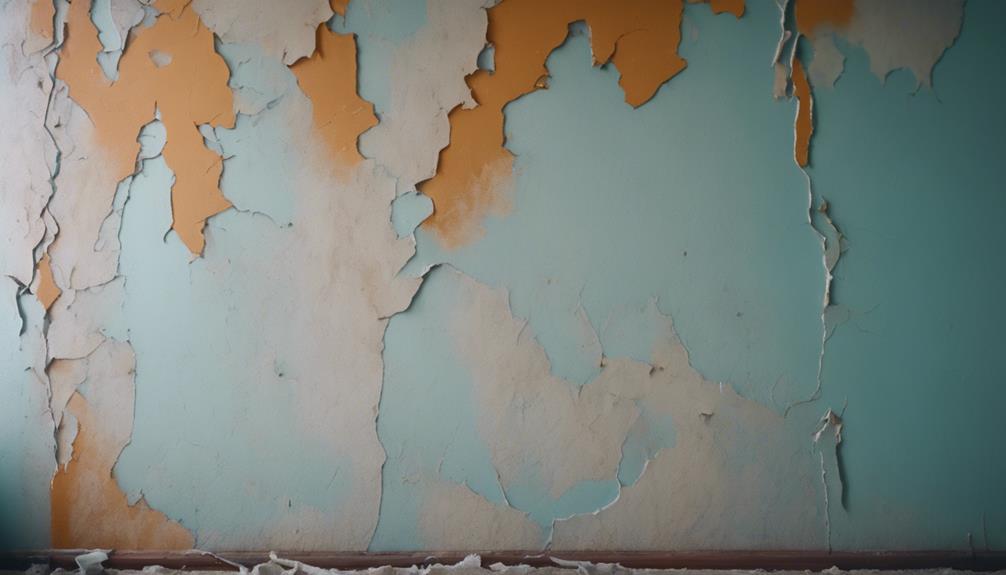
If you notice chipping, fading, or visible marks on your interior walls, it's a clear sign it's time to repaint. Giving your walls a fresh coat of paint can instantly revitalize the look of a room, hiding imperfections and creating a whole new ambiance. Over time, the color on your walls may start to dull or wear out, signaling the need for a new paint job. Whether you're looking to update the style of your house or simply refresh the existing color, repainting the interior walls every 5-10 years can make a significant difference.
The beauty of a freshly painted room lies in its ability to transform the space instantly. Trends and personal preferences play a role in how often you should repaint, but the immediate improvement in aesthetics is undeniable. Don't worry about the time since the last paint job; if your walls are showing signs of wear and tear, it's time to grab a paintbrush and give your home a much-needed makeover.
Importance of Fresh Interior Paint

Fresh interior paint plays an important role in enhancing the overall appearance and aesthetic appeal of your home. A fresh paint job can transform your living space, creating a more welcoming and cozy atmosphere for both residents and visitors. When it comes to selling your house, a new look can greatly increase its value and attract potential buyers. Additionally, updating your interior walls with a fresh coat of paint can cover imperfections, stains, and signs of wear and tear, giving your home a clean and well-maintained look.
Choosing the right paint color is essential as it can greatly impact the mood and ambiance of different rooms in your house. Whether you prefer calming blues for the bedroom or vibrant yellows for the kitchen, the color you choose can set the tone for the entire space. Furthermore, a professional painter can help you avoid health concerns associated with painting, provide proper sunlight fade protection, and assist with damage repair, resulting in a beautifully finished interior.
Factors Influencing Interior Painting

Considering factors such as personal style preferences, trends, and the need to refresh living spaces, interior painting decisions are influenced by various elements that can impact the overall look and feel of your home.
The quality of previous paint jobs, the presence of stains or damage, and the desire to increase home value play a significant role in determining when to paint the interior. High-traffic areas might require more frequent painting due to wear and tear, while less-used rooms may need less frequent repainting.
Changes in natural light exposure, humidity levels, and the overall condition of the walls can also affect the timing of interior painting projects. It's advisable to consult with a professional painter who can recommend repainting every 5-10 years to maintain the aesthetic appeal, protect walls, and enhance the overall look of your home.
Choosing the Right Interior Paint
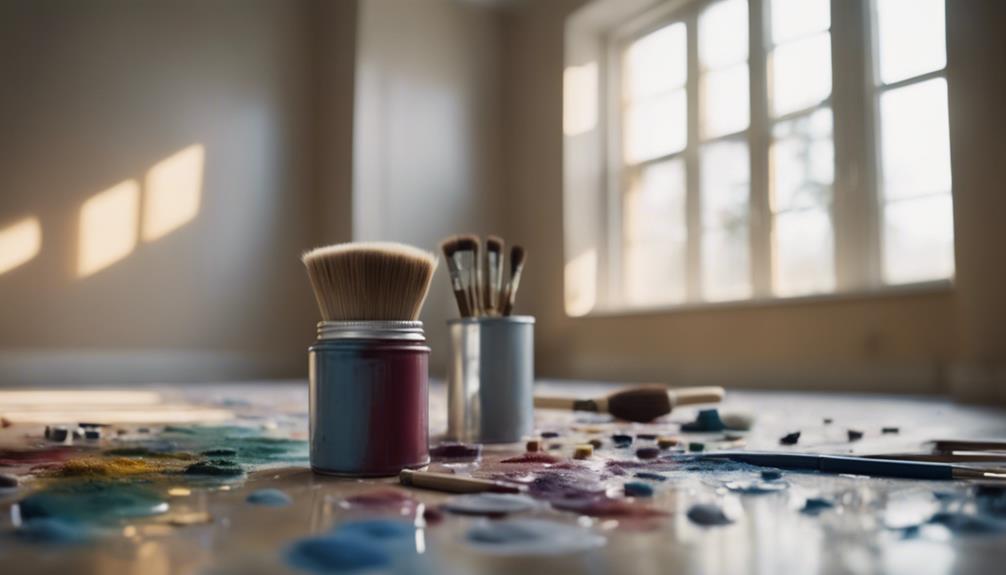
When choosing the right interior paint, consider using low-to-zero VOC options for healthier air quality. Opt for colors that complement your room's lighting and size, and go for 100% acrylic latex paint for durability.
Remember to test paint samples in different lighting conditions and prep surfaces properly for a flawless finish.
Color Selection Tips
To select the appropriate interior paint color for a room, it's imperative to take into account the room's natural lighting to enhance its desired ambiance. Consider the following tips when choosing the right interior paint color:
- Light colors like whites and pastels can make a room feel more spacious and airy.
- Darker colors such as navy or deep greens create a cozy and intimate atmosphere but may make a room feel smaller.
- Test paint samples on the walls to observe how different lighting conditions affect the color throughout the day.
- Utilize color experts or online tools to help select the perfect paint color that aligns with the desired mood and ambiance of the room.
Paint Finish Types
Exploring the various types of paint finishes for interior walls can greatly impact the overall look and feel of a room.
For ceilings and low-traffic areas, flat finishes with their matte appearance work well.
If you're looking for a subtle sheen, eggshell finishes are ideal for living rooms, bedrooms, and hallways.
Satin finishes, offering a soft sheen, are perfect for places that need frequent cleaning like kitchens and bathrooms.
For high-traffic areas, like trim, doors, and cabinets, semi-gloss, and high-gloss finishes are the way to go. They're durable and moisture-resistant, making them suitable for areas that require frequent cleaning or are prone to moisture exposure.
Choose the right finish to enhance your space's aesthetics and functionality.
Professional Interior Painting Benefits
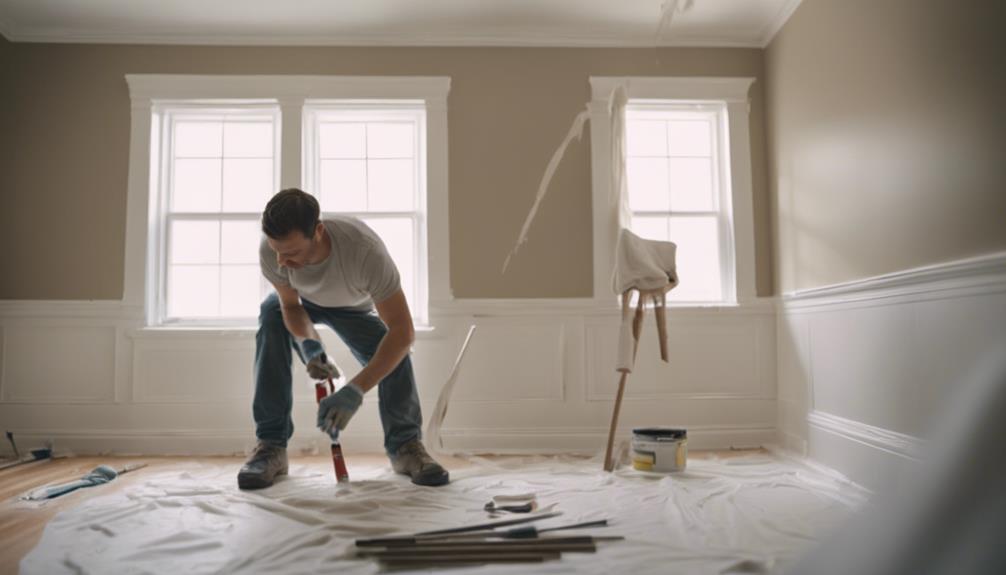
When you opt for professional interior painting services, you can benefit from skillful paint application techniques that guarantee a smooth and flawless finish.
These experts use time-saving methods that help complete the painting project efficiently, saving you both time and hassle.
Additionally, their expertise can enhance the aesthetics of your room, transforming it into a beautiful space you'll love.
Skillful Paint Application
For a flawless finish and expert handling of intricate details, consider the benefits of hiring professional painters for your interior painting project. Professional interior painting offers a range of advantages, such as:
- Ensuring even coverage and a high-quality finish.
- Skilled painters with expertise in handling specific needs.
- Use of premium quality materials for long-lasting results.
- Valuable advice on color selection for your space.
Time-Saving Techniques
To maximize efficiency and minimize your time investment, consider leveraging the time-saving techniques offered by professional interior painters. When tackling an interior paint job, hiring professional painters can help you complete the painting project efficiently.
Their expertise in preparation, efficient painting techniques, and color selection streamlines the process, ensuring high-quality results and a flawless finish. Professional painters have the tools and skills to handle any challenges that may arise during the project, making the entire painting process smooth and convenient for you.
Enhanced Room Aesthetics
Consider the transformative impact that professional interior painting can bring to your living space, enhancing its aesthetics with a fresh and updated look.
- Fresh paint creates a welcoming atmosphere.
- Skilled painters elevate room ambiance with color selection.
- Painting techniques enhance the visual appeal of your home.
- A high-quality finish adds value to your living space.
Professional interior painting services not only refresh your walls but also breathe new life into your home. By investing in professional painters, you guarantee that every stroke of the brush contributes to a more aesthetically pleasing environment.
Let the experts work their magic, and watch as your room transforms into a space that radiates style and sophistication.
DIY Interior Painting Tips

If you're planning to tackle interior painting on your own, here's a key tip to enhance your DIY skills. When starting on painting projects within the interior of your home, consider using low-to-zero VOC paint. This type of paint not only provides a healthier indoor air quality but also reduces the impact on the environment.
To further improve ventilation during your painting endeavors, utilize fans to circulate fresh air. This won't only aid in the drying process but also help in maintaining a comfortable atmosphere while you work.
Remember, indoor humidity levels play an important role in the success of your paint job. Unlike outdoor weather conditions, indoor humidity can greatly affect how your paint dries and adheres to surfaces. Be sure to monitor and adjust the humidity levels accordingly for best results.
Seasonal Considerations for Interior Painting
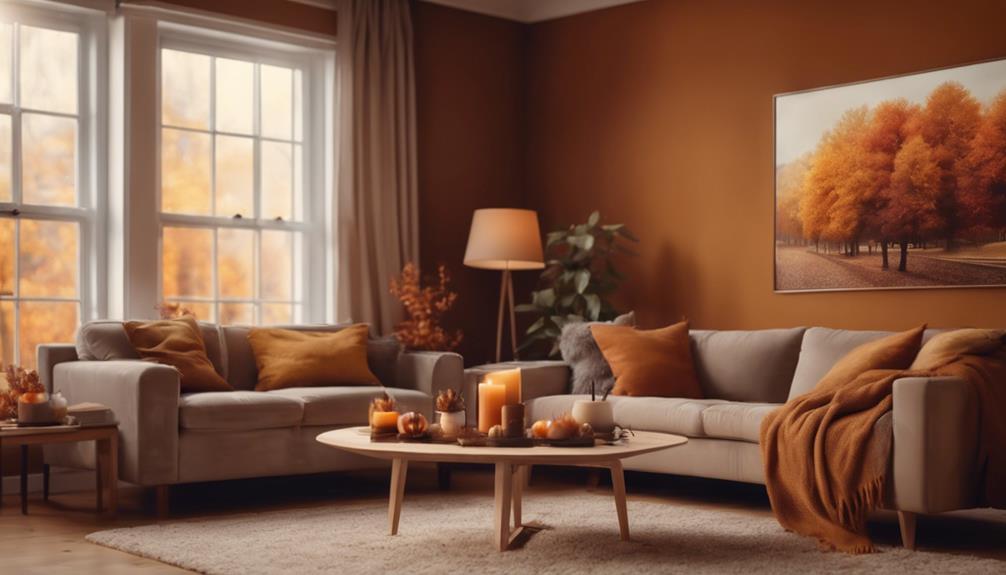
Considering your upcoming interior painting project, planning for the winter season can offer you ideal conditions for a successful paint job. Here are some key points to keep in mind:
- Cool Temperatures: Winter's cooler temperatures aid paint drying, leading to a smoother finish on your interior surfaces.
- Low Humidity: Lower indoor humidity levels during winter help prevent issues like paint blistering or peeling.
- Professional Painters: Off-peak winter season means more scheduling availability and potentially reduced rates from professional painters.
- Paint Labels: Checking paint labels for temperature requirements is essential to make sure that your paint job thrives in the winter conditions.
Maintaining Interior Paint Quality
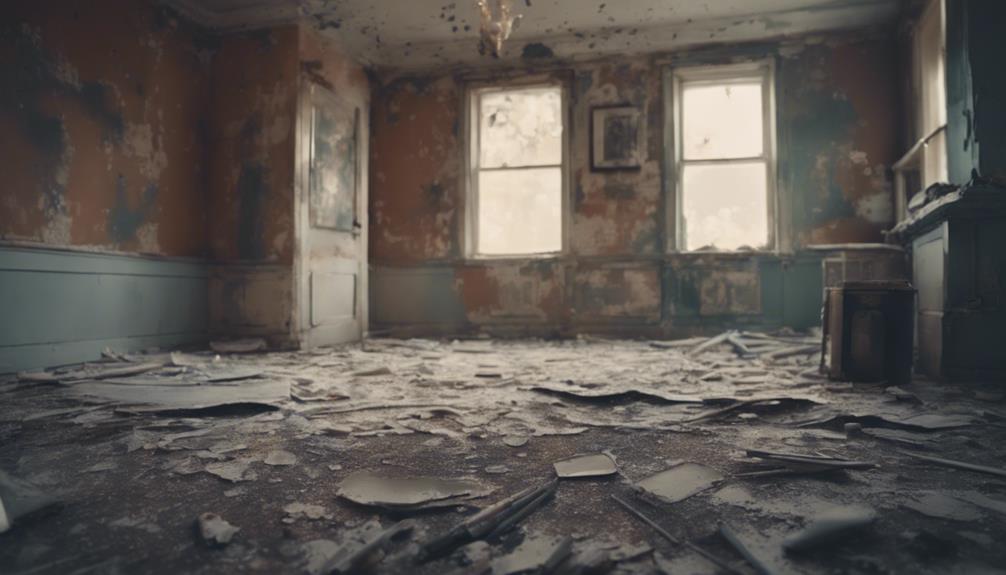
Regularly inspecting your painted walls for signs of wear and tear is crucial to maintaining the quality of your interior paint. Look out for cracks, fading, or stains that may indicate damage. Address any issues promptly to prevent further deterioration and preserve the aesthetic appeal of your space.
To maintain quality, clean your walls periodically to remove dust, dirt, and grime that can affect the paint's longevity. Additionally, be sure to touch up any areas with minor damage or discoloration to keep your interior paint looking fresh.
Consider repainting every 5-10 years to refresh the look of your space and make sure that the paint continues to enhance the overall aesthetic appeal. By staying proactive and attentive to the condition of your interior paint, you can extend its lifespan and keep your walls looking vibrant and well-maintained.
Frequently Asked Questions
What Is the Best Time to Paint a House Interior?
The best time to paint your house interior is during the winter months. Cooler temperatures help paint dry faster, saving you time and money. Plus, you'll find professional painters more available during winter, and you might even get reduced rates.
Low humidity levels prevent paint drying issues, ensuring a smooth process. So, when you're looking to refresh your living space, consider tackling the interior painting project during the winter for a cozy and efficient weekend activity.
When Not to Paint Indoors?
When not to paint indoors? Avoid painting when humidity's high, during rain, extreme heat, or poor ventilation. Steer clear of direct sunlight or temperature swings. These conditions can cause bubbling, adhesion issues, slow drying, or odors lingering.
Want a smooth finish? Pick a day with moderate humidity, good airflow, and stable temperatures. Remember, the right timing makes your interior painting project a breeze!
What Temperature Should It Be to Paint Indoors?
You should aim for indoor painting when temperatures fall between 60-80°F. Extreme cold or heat can mess with how the paint sticks and dries inside. Avoid painting in super humid or freezing conditions to dodge slow drying or a lousy finish.
Keeping indoor temps steady helps paint stick better and look smooth. Use a thermometer to track temps and make sure they're just right for your painting project.
Is It Okay to Paint Interior Walls in the Winter?
Winter is a fantastic time for interior painting. With cooler temperatures aiding paint drying and cost savings, it's the perfect season for your home projects. Professional rates are lower in the off-peak winter season, making it a cost-effective opportunity.
Plus, paint dries faster in cooler temperatures, ensuring a smooth and quick process. Winter also offers more scheduling availability and less stress for a seamless painting experience.
Get ready to transform your space this winter!
Conclusion
So, whether your walls are looking a little worse for wear or you're just in the mood for a change, now you know when to paint your interior.
Keep an eye out for signs it's time to repaint, remember the importance of fresh paint, consider the factors influencing your decision, choose the right paint for the job, and don't forget about the benefits of hiring a professional.
With these tips in mind, you'll have a beautifully painted interior in no time!
